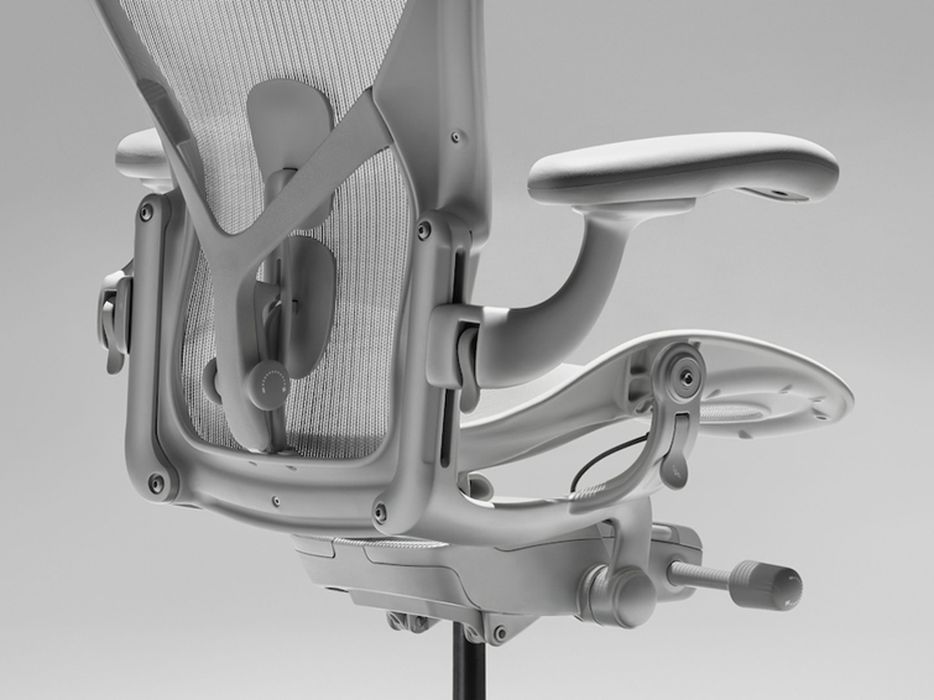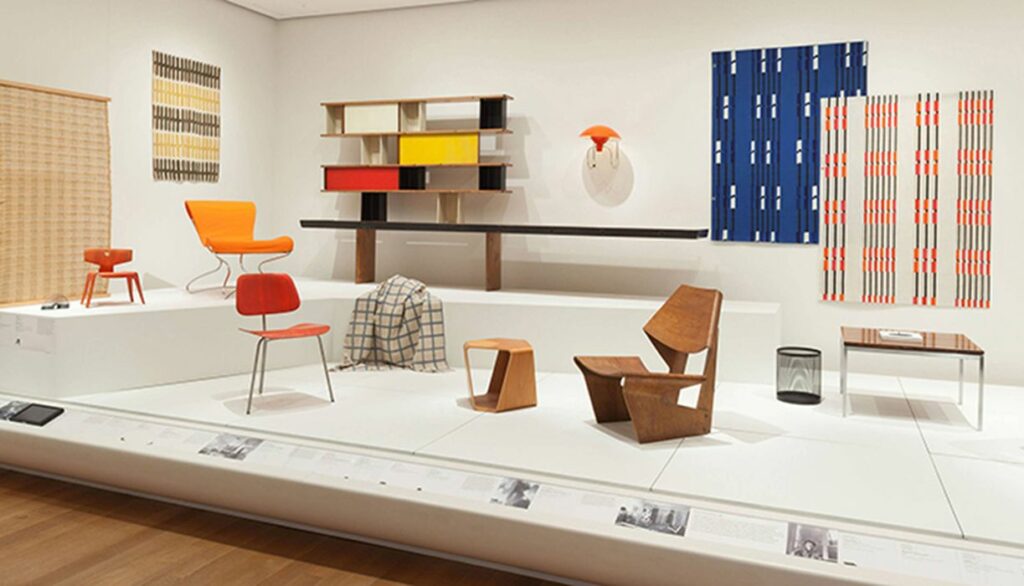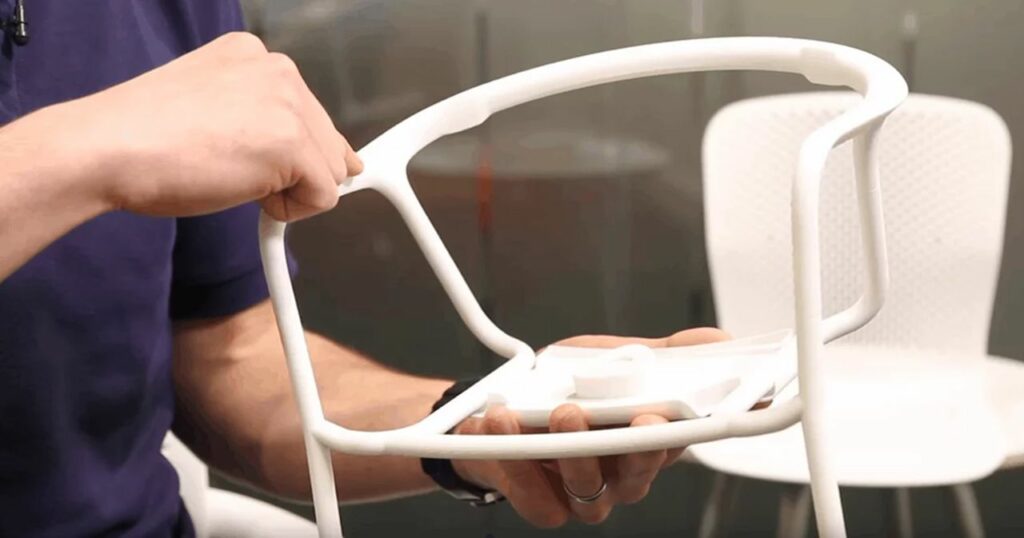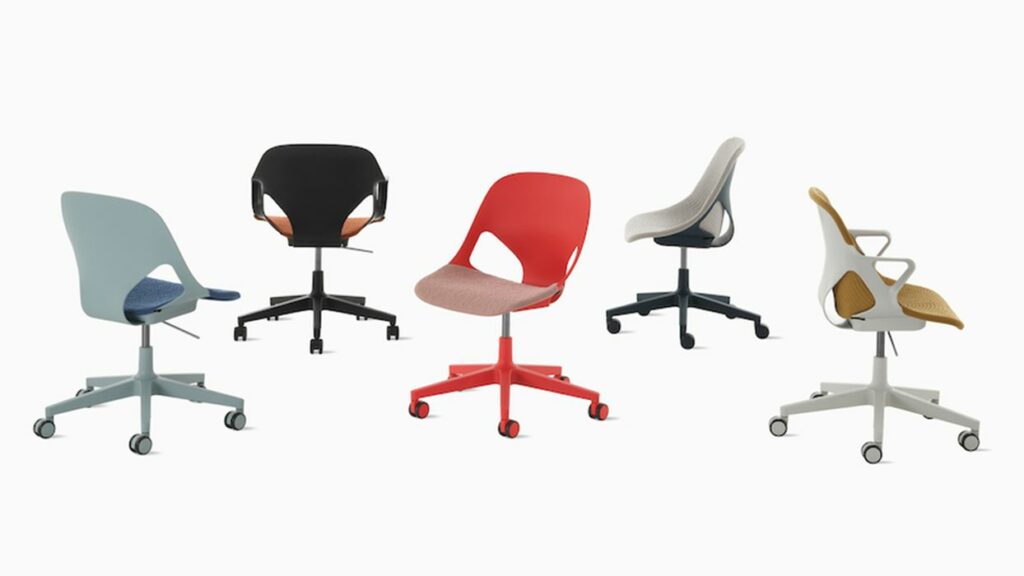
Charles R. Goulding and Andressa Bonafé look at how innovation could be enabled by more 3D printing by major furniture producers.
Founded in 1905, furniture maker Herman Miller has over 8 thousand employees worldwide. Its award-winning pieces range from mid-century icons, such as the Eames Lounge Chair, to the gold standard in current ergonomics, the Aeron chair.
With a revenue of US$2.62B in 2021, Herman Miller has numerous brands under its corporate umbrella. Examples include the furniture retailer Design Within Reach, the upscale textiles producer Maharam, and the desktop ergonomics company Colebrook Bosson Saunders. This diverse ensemble has taken Herman Miller’s pioneering designs to offices, schools, homes, and hospitals, helping ensure the necessary flexibility to adapt to our changing times.
In July 2021, Herman Miller completed the acquisition of Knoll, its long-time competitor in the modern design arena. For over 80 years, Knoll has remained true to the Bauhaus design philosophy, creating iconic furniture that complements the architectural space.
With numerous pieces featured in the permanent design collection of the Museum of Modern Art (MoMA) in New York City, Knoll advances the work of celebrated designers and architects who create ground-breaking furniture, textiles, and accessories.
With over 3,500 employees and a presence across 50 countries, Knoll operates four manufacturing sites in North America and two in Italy. Despite its worldwide reach, the company’s focus on office furnishings and system sales has made it particularly vulnerable to the decline in demand caused by the Covid-19 pandemic. In 2021, Knoll reported revenue of US$1.27B, in its second year of consecutive decline.

Both Knoll and Herman Miller are now in a much better position to face the challenges of our changing times and lean into the emerging new paradigms of life and work. The US$1.8B merger created an indisputable leader in modern design, with combined strengths and a broader portfolio. Present in over 100 countries, the newly formed MillerKnoll comprises 19 brands, 64 showrooms worldwide, and over 50 physical retail locations.
Some members of the design community worry that the union, and consequent rethinking of a decades-long competition, will hamper the companies’ drive to innovate. However, their commitment to ground-breaking design says otherwise. In fact, recent examples of 3D printing applications point to a promising future.
3D Printing in the Furniture Industry
The benefits of incorporating additive manufacturing into furniture production include reducing exposure to supply chain constraints, drastically cutting down on carbon footprints, and tapping into limitless design flexibility.
In 2016, Herman Miller partnered with SYS Systems to reduce their development time and improve their prototyping process. Since the installation of the Stratasys Fortus 400mc Production Series 3D printer, the R&D workshop considerably reduced the time needed for prototyping and production. Instead of waiting 5-10 days for outsourced 3D printed parts, components can be produced in-house, overnight.

3D printing was also integral to the creation of the innovative Zeph chair, Herman Miller’s least expensive ergonomic office chair ever. Launched in July 2022, it combines a mid-century modern look with features from performance chairs. Studio 7.5, which was responsible for the design, used additive manufacturing to iterate through prototypes until ultimately achieving a monoshell that moves and reclines naturally with the user.

Examples of 3D printing applications in the furniture industry are rapidly growing, both in number and scope. U.S.-based companies that use this technology should take advantage of the R&D tax credit opportunity described below.
The Research & Development Tax Credit
The now permanent Research and Development (R&D) Tax Credit is available for companies developing new or improved products, processes and/or software.
3D printing can help boost a company’s R&D Tax Credits. Wages for technical employees creating, testing and revising 3D printed prototypes can be included as a percentage of eligible time spent for the R&D Tax Credit. Similarly, when used as a method of improving a process, time spent integrating 3D printing hardware and software counts as an eligible activity. Lastly, when used for modeling and preproduction, the costs of filaments consumed during the development process may also be recovered.
Whether it is used for creating and testing prototypes or for final production, 3D printing is a great indicator that R&D Credit eligible activities are taking place. Companies implementing this technology at any point should consider taking advantage of R&D Tax Credits.
Conclusion
We are excited to see the innovative pieces that will emerge from the union of two major names in modern design. 3D printing will undoubtedly be a key element in helping MillerKnoll remain relevant in the face of new paradigms of life and work.
